Podcast: How innovations are WFP’s allies in the fight against coronavirus
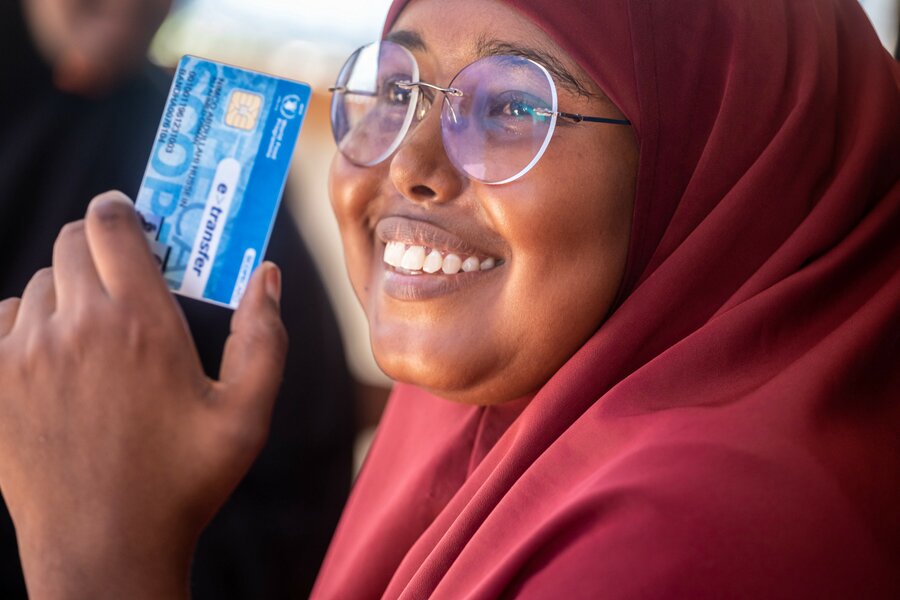
LISTEN TO WFP USA HACKING HUNGER PODCAST
By Liam Brown
As the coronavirus pandemic threatens to double the number of people suffering from acute hunger by the end of the year, the World Food Programme (WFP) is bolstering its response. Technology and innovation have always been a key part of the WFP's emergency response, but now, during a global pandemic, they are perhaps more critical than ever before.
That's why it should come as no surprise that WFP tapped its Innovation Accelerator to aid its response to coronavirus. Through the Innovation Accelerator, WFP is supporting innovators and entrepreneurs around the world to find novel ways to cut time and save money, pivoting projects to address challenges that are specific to the COVID-19 pandemic.
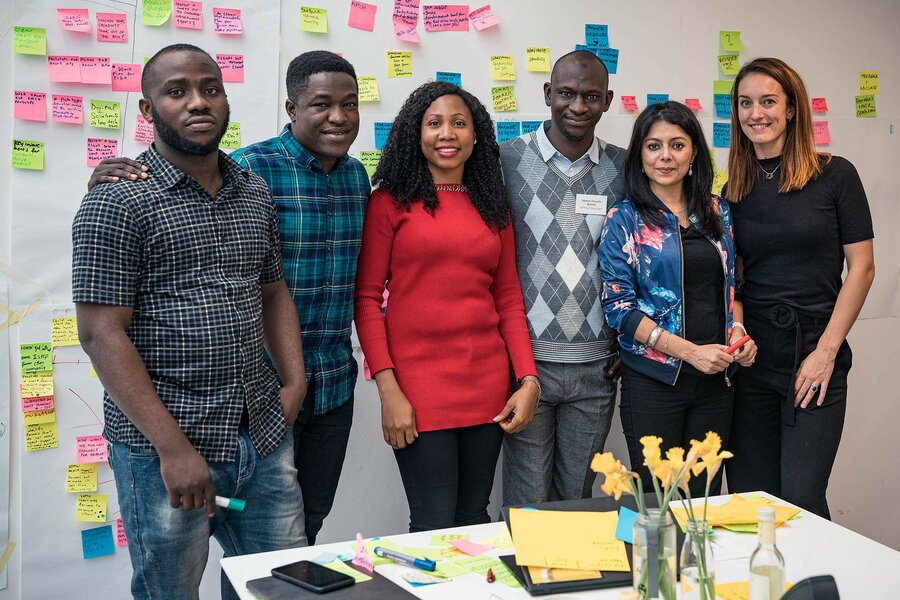
Building on WFP's history of embracing technology and innovation, these projects could play an important role in WFP's efforts to curb the spread of the disease, protecting our staff and the people we serve.
WFP's Innovation Accelerator identifies, supports and realises high-potential solutions to address hunger worldwide. Each year, it hosts several boot camps where WFP employees and technology startups hone their ideas to help tackle global hunger. So far, it has helped to deploy more than 60 innovations within WFP's operations, making a critical difference.
Apps to improve food assistance and delivery
In response to the coronavirus, along with adopting measures such as physical distancing and handwashing, WFP is building apps to allow people to shop online at local grocery stores and have products delivered to their homes, keeping people safe and supporting local businesses.
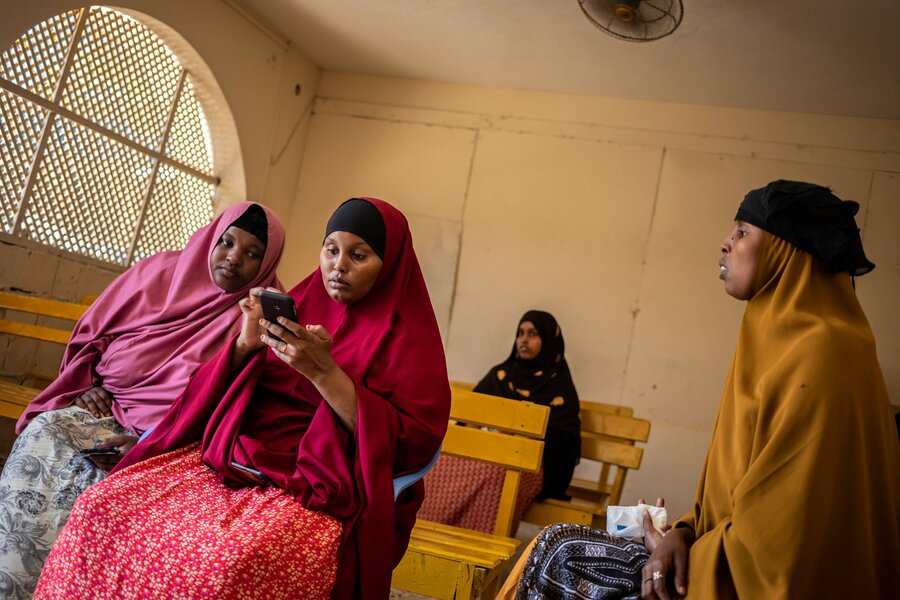
One example is WFP's e-Shop app, which is being used by 46,000 people in Somalia to redeem assistance online.
Similarly, in India, WFP has partnered with the Government of Uttarakhand to build the Jan Aapurti app, allowing grocery retailers to self-register and offer products for citizens to order online.
Blockchain for humanitarian assistance
In Cox's Bazar, home to the world's largest refugee camp, WFP's Building Blocks project is leveraging blockchain technology to coordinate with other humanitarian agencies and transfer cash assistance to Rohingya refugees securely and efficiently. We are replacing fingerprint authentication with QR codes to give beneficiaries a single, secure, contactless access point for assistance from multiple humanitarian agencies.
How blockchain is helping WFP's fight against COVID-19 in Bangladesh
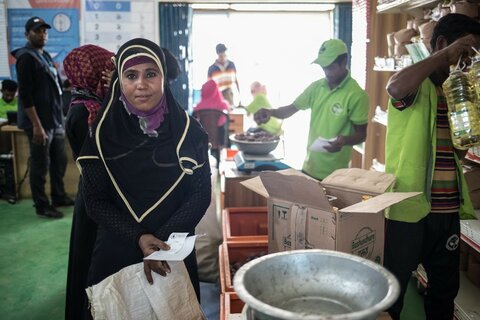
WFP is also using the platform at checkpoints set up to limit the number of vehicles and passengers entering the refugee camps and mitigate the spread of COVID-19. The simple digital solution generates a unique QR code for every vehicle, creating a faster, more hygienic and convenient system than requesting drivers and passengers to exit their vehicles to sign a paper form.
The future of ATMs
WFP is creating automated dispensing machines that have the potential to efficiently distribute food rations while maintaining physical distancing.
GrainATM is being developed by WFP's India Country Office to provide people with round-the-clock access to the grain rations of their choice at retail shops, quickly, hygienically and accurately. A prototype GrainATM has already been built and is being tested in a factory setting.
Another example is the FoodATM project, which is aiming to develop dispensing machines for rations at food distribution sites. The project is adapting to accept swipe cards and mobile phone transactions to eliminate the need for physical sign-off, allowing beneficiaries to safely obtain the goods they need, when they need them.
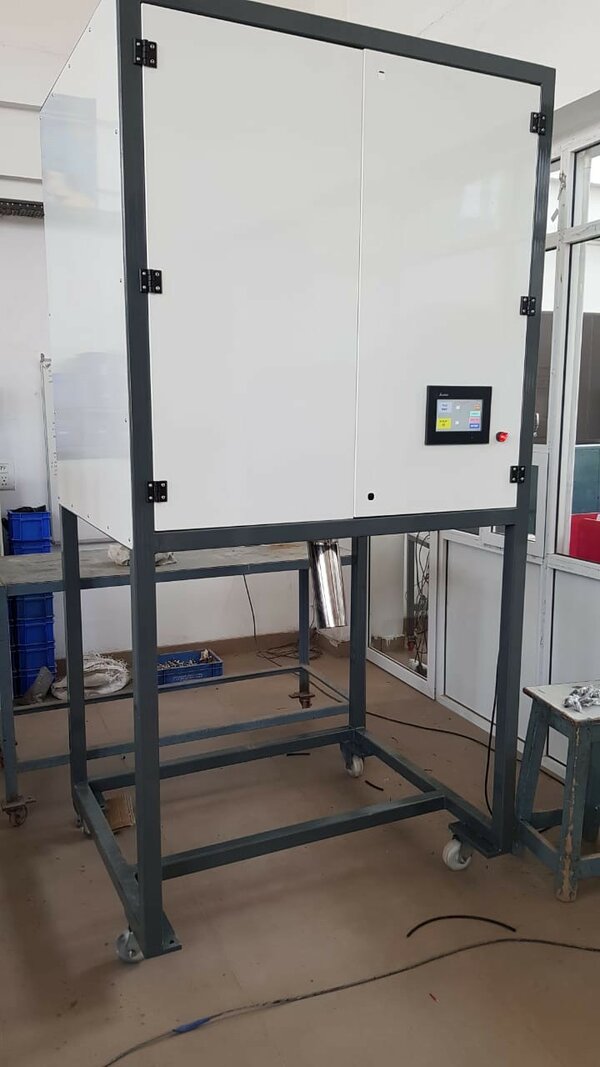
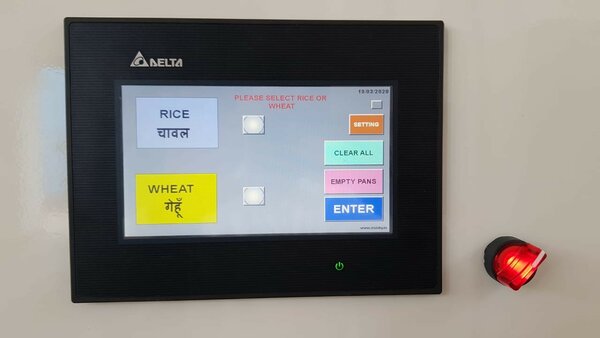
Real-time, evidence-based decisions
Launched in January, HungerMap LIVE is WFP's very own hunger monitoring system, leveraging big data and machine learning to display global food security in near real-time, providing vital directions for operations.
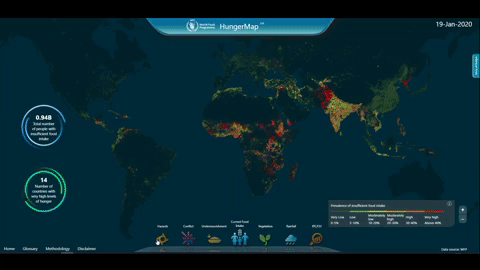
Within days of the pandemic being declared, HungerMap LIVE was tracking coronavirus outbreaks in most low and lower-middle income countries. WFP's Hunger Monitoring unit is now collecting, analyzing and visualising data to scale up our remote food security monitoring to 40 countries.
By making it easy to analyze connected data streams, WFP is helping the humanitarian community make fast, evidence-based decisions.
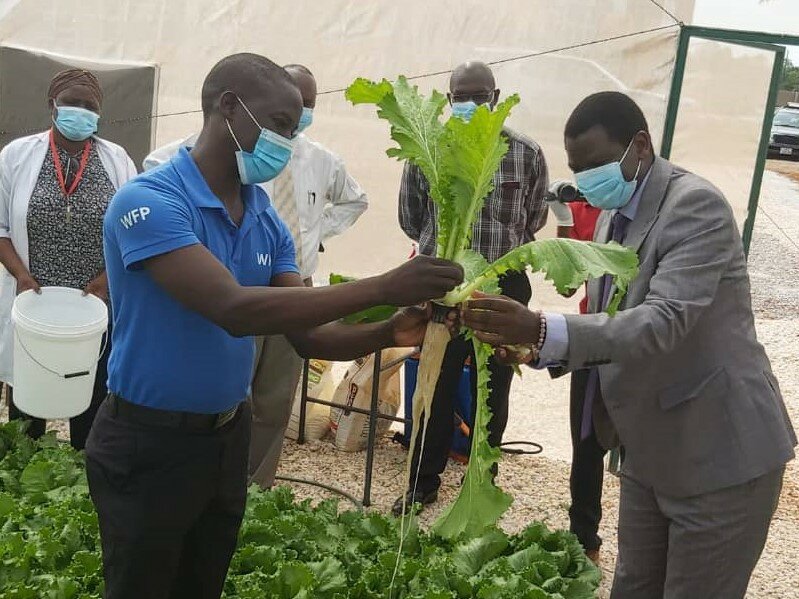
Opening the door to online learning
Projects supported by the Innovation Accelerator taking their training programmes online include:
- WFP's EMPACT programme, which connects vulnerable youth to the future of work through short, tailored digital skills training courses. EMPACT's 12 training campuses are closed due to COVID-19, so the programme is shifting online, developing and piloting a digital learning initiative.
- H2Grow, WFP's hydroponics project, which trains vulnerable communities to build their own hydroponic systems so that they can grow vegetables at home. Faced by COVID-19, H2Grow is pivoting their training materials and adapting them to a digital learning platform.
- WFP's PRISM project, which assesses the risk and forecasts the impact of major climate events like droughts and floods on vulnerable communities. User training has been delayed due to COVID-19, so PRISM is exploring and deploying virtual and online training materials.
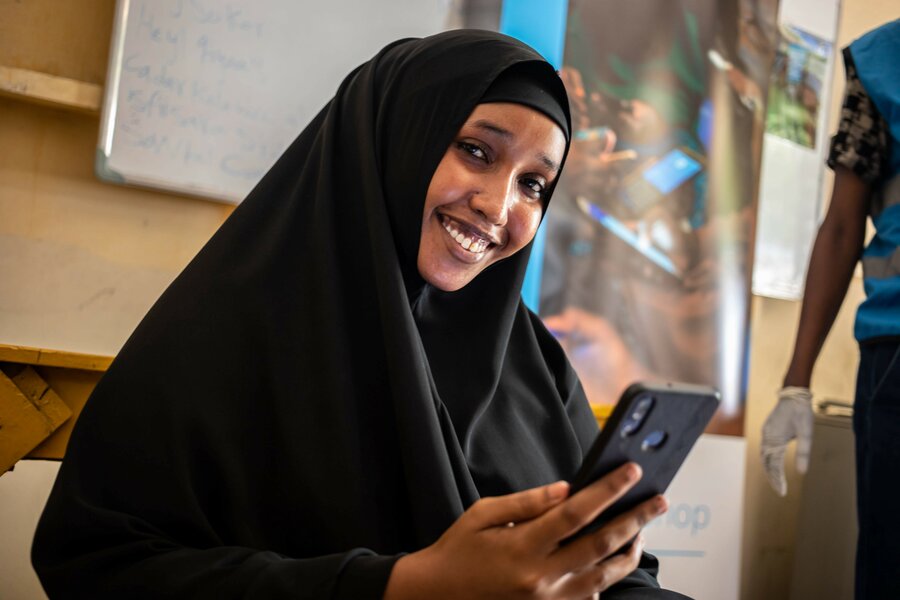
Bringing a global community together
Physical distancing is keeping us apart, but ShareTheMeal — WFP's fundraising app — is bringing a global community together.
Last month, ShareTheMeal launched an emergency campaign to raise funds for WFP's pandemic response, reaching its goal in just 10 days with over 2 million donors. ShareTheMeal has launched a second campaign highlighting the numerous ways WFP is responding to the crisis, from providing take-home rations to schoolchildren unable to attend school due to lockdowns, to providing logistics and transportation support.
Join the community by downloading the ShareTheMeal app.
The WFP Innovation Accelerator sources, supports and scales high-potential solutions to end hunger worldwide. We provide WFP staff, entrepreneurs, start-ups, companies and non-governmental organizations with access to funding, mentorship, hands-on support and WFP operations.
Find out more about the Innovation Accelerator.
Follow us on Twitter and LinkedIn and watch our videos on YouTube
